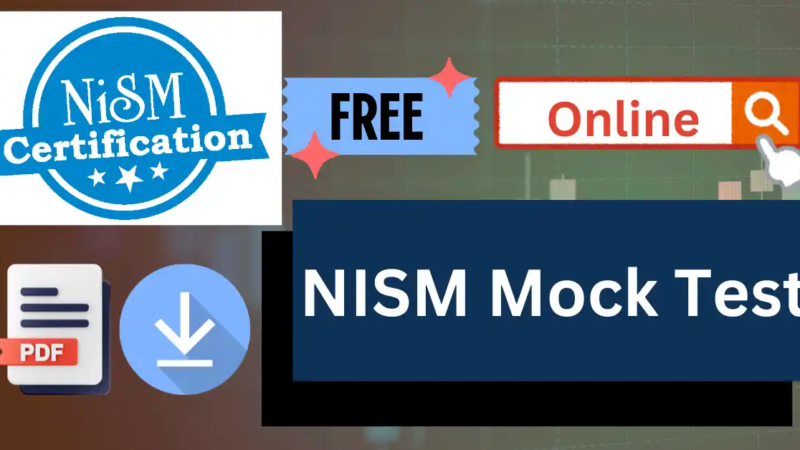Communication’s Evolving Academic Standards

In a vibrant classroom in Queens, second- and third-graders are using AI to bring their narratives to life. This scene, part of Azadeh Jamalian’s GIANT Room pilot program, captures a transformation unfolding in classrooms everywhere. These students aren’t just learning to tell stories—they’re learning to wield technology as a tool for expression. They’re part of a much larger shift that’s reshaping how we think about communication education.
What’s happening in Queens isn’t an isolated experiment. It’s a glimpse into how educational institutions worldwide are grappling with a fundamental challenge: preparing students for communication demands that extend far beyond traditional writing exercises. The five-paragraph essay, once the cornerstone of academic instruction, now feels as outdated as a flip phone in a smartphone world. Students today need skills that can adapt to digital platforms, cross-cultural contexts, and AI-enhanced environments. Most traditional curricula simply don’t address these needs.
But pinpointing those new skills is only half the battle—we still need a sturdy blueprint to assemble them.
Building a New Foundation
Assembling a modern communication curriculum feels a bit like putting together flat-pack furniture—you’ve got all these essential pieces scattered around, an instruction manual that seems written in another language, and the nagging suspicion that you’re missing a crucial screw. The pieces, in this case, are four interlocking pillars: digital and AI literacy, cross-cultural empathy, adaptive persuasive agility, and specialized, scenario-driven practice.
These pillars show up in various forms across educational initiatives. Chico State’s AI literacy modules work on digital competency. A medical Spanish program focuses on cross-cultural communication skills. Toastmasters International is involved with structured practice in persuasive speaking. Revision Village’s IO Bootcamp for IB English applies intensive, scenario-driven preparation. Grammarly provides real-time writing support. Each addresses a critical gap in traditional education.
Before we dive into the pillars, let’s see why the old curriculum just can’t support today’s learners.
The Legacy Gap in Communication Curriculum
Walk into most high school English classes today and you’ll see students analyzing the same texts their parents studied—using identical frameworks and still churning out five-paragraph essays, even if they submit them digitally. This wouldn’t be a problem if the communication landscape had stayed frozen in time too.
But while curricula remained static, the world kept moving. Students graduate knowing how to write a thesis statement but not how to fact-check AI-generated content. They can analyze metaphors in Shakespeare but struggle to adapt their message for different cultural contexts or digital platforms.
The disconnect is stark.
Which brings us to the first pillar: understanding the digital tools now driving communication.
Digital and AI Literacy
Teaching AI literacy to students can feel like trying to train a cat to fetch—it requires patience, creativity, and the willingness to completely rethink your approach when the first dozen methods don’t work.
Chico State’s ‘Knowing Your AI Through Fun and Critical Engagement’ initiative shows what’s possible when you get the approach right. Usage spiked from 66% to 92% within a year by offering Canvas-based activities and an AI Literacy Guidebook that teach students to critique and contextualize AI output. The program doesn’t just show students which buttons to push. It helps them understand what’s happening behind the screen.
Azadeh Jamalian’s GIANT Room pilot takes this philosophy even further, empowering K–2 students to use AI as a prototyping tool rather than a mysterious black box. When second-graders can explain how they’re directing AI to enhance their creative projects, you know the approach is working.
Mastering AI mechanics lays the groundwork—but real connection depends on empathy.
Cross-Cultural Empathy
Real cross-cultural communication goes way beyond learning a few phrases in another language. It’s about understanding the cultural contexts that shape how people process information, express emotions, and build trust.
A medical Spanish curriculum developed at the UNM School of Medicine improves language access and patient outcomes. “Language isn’t just words. It’s also cultural knowledge, empathy, and trust. When providers speak a patient’s language, it lowers stress, improves communication, and leads to better care,” explains the program director.
A recent graduate discovered this firsthand. “Spanish is my native language. But I still learned a lot—how to explain medical terms clearly, how to listen better, how to talk in a way patients understand,” she explains.
Cultural fluency opens doors—persuasive agility determines whether people step through them.
Adaptive Persuasive Agility
Effective persuasion across diverse audiences demands more than a single classroom speech. You need iterative practice under realistic conditions.
One common approach? Peer-led practice groups that let participants deliver speeches and receive structured feedback. Toastmasters International provides peer-led practice groups with regular speeches, structured feedback, officer-role rotations, and mentoring. Peer-led practice groups like these show how structured feedback loops can develop persuasive agility. They help individuals adapt messages for different audiences and contexts.
Adapting our message is vital in everyday speech—high-stakes settings call for scenario-driven drills.
Scenario-Driven Workshops
When students face high-stakes assessments, theoretical preparation doesn’t cut it. They need intensive practice that mirrors what they’ll actually encounter. The time pressure. The format. The exact type of thinking required.
Intensive bootcamps have emerged as one solution, throwing students into realistic simulation environments. Revision Village shows this approach through its IO Bootcamp for IB English Language & Literature. The program offers week-long workshops that simulate the Internal Oral Assessment. It integrates thousands of syllabus-aligned, exam-style questions with written markschemes and step-by-step video solutions. These sessions focus on developing analytical reasoning and presentation skills through targeted feedback cycles.
Bootcamps sharpen focus—they don’t replace the need for support on every draft, every day.
On-Demand Writing Support
Traditional writing instruction often leaves students waiting days or weeks for feedback on their work. By then, they’ve moved on to other assignments, and the teachable moment has passed. Real-time support changes this dynamic entirely.
AI-powered writing tools have emerged as one way to provide immediate, actionable feedback. Grammarly applies generative AI suggestions, real-time grammar and spelling checks, clarity-focused sentence rewrites, tone adjustments, vocabulary enhancements, auto-citations for students, and customized style guides for teams. Available as a browser extension, desktop application, and Android keyboard integration, it supports writing across Google Docs, Gmail, LinkedIn, and more.
The real value comes from pairing immediate feedback with reflective exercises that help users understand the reasoning behind corrections. This combination builds writing habits that extend beyond the tool itself.
Integrating the Four Pillars
Creating a communication program that actually works means weaving digital literacy, cultural empathy, persuasive practice, and specialized workshops into something coherent rather than just stacking them on top of each other like a wobbly tower of textbooks.
The most successful implementations map these elements into a curricular framework that sequences AI modules with cultural projects, embeds peer-feedback clusters alongside bootcamp intensives, and integrates tool-supported revision labs throughout. Secondary schools might layer AI critique assignments with cross-cultural communication projects. Universities could embed Toastmaster-style micro-modules alongside AI-powered writing support systems.
But here’s where things get tricky.
Faculty training becomes crucial. Instructors need workshops on AI ethics, cultural facilitation, and feedback pedagogy. Resource allocation gets complicated when you’re balancing technology subscriptions with budget constraints and equity concerns. And accreditation bodies need to recognize scenario-driven competencies alongside traditional credits.
The schools that make this work don’t try to implement everything at once. They start with pilot programs, gather feedback, iterate, and gradually expand what’s working while discarding what isn’t.
Mapping a program is one thing; rolling it out is another.
Implementation Challenges
Let’s be honest about what it takes to make this shift happen. Faculty readiness is the biggest hurdle. Many instructors feel comfortable teaching close reading and essay structure but less confident facilitating AI ethics discussions or cross-cultural communication workshops.
Professional development becomes essential, but it can’t be a one-day workshop followed by a pat on the back and a good luck wish. Effective training requires ongoing support, peer collaboration, and time to experiment with new approaches.
Technology costs add another layer of complexity.
Balancing subscriptions for tools like AI writing assistants or specialized platforms with existing budget constraints requires strategic planning. Some schools are finding success with pilot programs that test effectiveness before committing to larger investments.
Policy alignment matters too. Accreditation bodies and standardized testing systems need to evolve to recognize these new competencies. Until that happens, schools face the challenge of preparing students for both traditional assessments and real-world communication demands.
Even amid these hurdles, student initiative hints at what’s possible next.
The Students Are Ready
If you think all this is theory, think again—students are already stepping into these new roles.
Look, here’s what’s happening with educational reform—institutions spend months debating changes while students have already figured out what they need. They’ve started teaching themselves. Those second-graders in Queens directing AI tools to enhance their stories? They’re not checking whether this fits traditional curriculum standards. They’re just learning what works.
Digital and AI literacy, cross-cultural empathy, adaptive persuasive agility, and immersive practice aren’t just reshaping communication education. They’re showing us how adaptable students become when you give them the right tools and opportunities. These four pillars create learning environments where students develop skills that actually transfer to real-world situations.
That might be the most important lesson.
Educators debate implementation strategies. Administrators worry about budget allocations. Meanwhile, students are already demonstrating what’s possible.
Pretty soon, they’ll be teaching us how to navigate tomorrow’s communication landscape.







